Introduction
The global market for children’s tights is evolving rapidly. Once considered a basic wardrobe item for girls, tights have now become a versatile category shaped by cultural change, sustainability, and fabric innovation. From gender-neutral designs to eco-certified fabrics and tech-driven performance wear, the industry is adapting to the expectations of modern parents in the US, EU, and beyond.
This article explores the key kid tights market trends that are reshaping consumer demand and creating opportunities for retailers and manufacturers worldwide.
The Gender-Neutral Movement in Kidswear
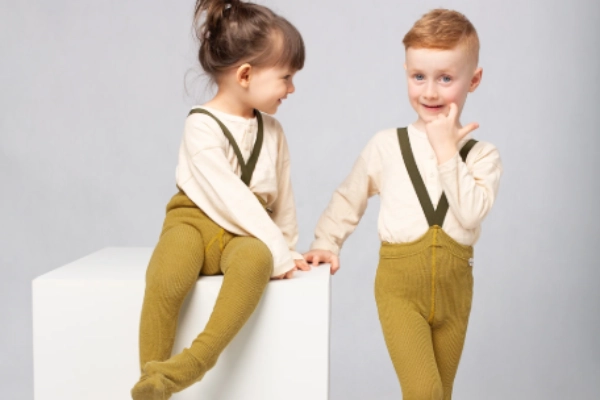
One of the most important kid tights market trends today is the rise of gender-neutral tights. For decades, tights were marketed mainly to girls. Now, cultural shifts and consumer demand are redefining them as unisex essentials.
From Girls-Only to Unisex Essentials
In Europe, it has long been normal for both boys and girls to wear tights—especially wool tights under pants during cold winters. In the US, acceptance is growing as athletic leggings and compression tights become mainstream for boys in sports and everyday wear. This shows a global move toward practicality over gendered fashion rules.
Brands Leading the Gender-Neutral Revolution
Forward-looking brands are leading the change:
- Primary.com markets tights in solid colors without gender labels, presenting them as universal basics.
- Slugs & Snails from Ireland directly challenged stereotypes with bold “tights for boys” campaigns featuring rockets and bugs.
- H&M and Zara Kids blur lines by styling tights across genders in their seasonal collections.
Why Modern Parents Choose Gender-Neutral Tights
Parents embrace gender-neutral tights because they are:
- Practical – one item can be shared between siblings, maximizing value.
- Inclusive – clothing reflects values of openness rather than stereotypes.
- Convenient – shopping is easier without restrictive gender categories.
Market Impact: From Niche to New Standard
For retailers and manufacturers, this trend widens the audience, simplifies inventory, and builds brand loyalty with modern parents. More importantly, it signals that gender-neutral tights are no longer a niche—they are becoming the new standard in kidswear.
Adaptive & Inclusive Designs for Every Child
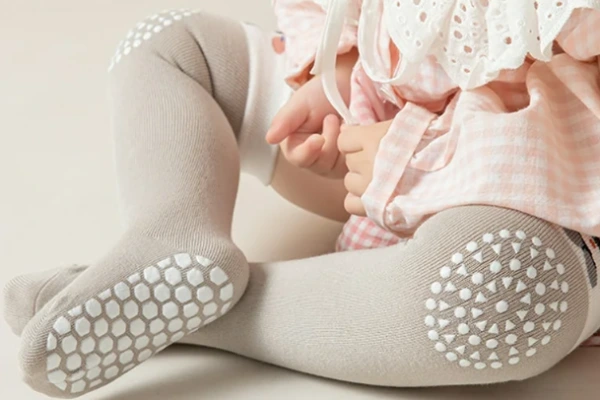
As inclusivity becomes a mainstream value in children’s fashion, parents are increasingly seeking adaptive tights that meet the needs of every child—including those with sensory sensitivities.
Sensory-friendly construction is one of the strongest drivers. Seamless knitting, flat seams, and tagless waistbands reduce irritation for kids who find regular clothing uncomfortable. These small design details make a big difference in daily wear.
Practical features are also gaining traction. Non-slip soles, like those found in GoBabyGo crawling tights, prevent toddlers from slipping on hard floors and give them more confidence as they move. Waistbands designed for comfort and diaper-friendly fits ensure that even infants can wear tights safely and easily.
This movement aligns with the broader adaptive clothing trend, where inclusive design principles are expanding beyond niche markets into mainstream kidswear. For manufacturers and retailers, adaptive tights are more than just a functional product—they’re a way to differentiate with thoughtful engineering while building trust with parents who prioritize comfort, safety, and accessibility.
Sustainability as a Consumer-Driven Trend
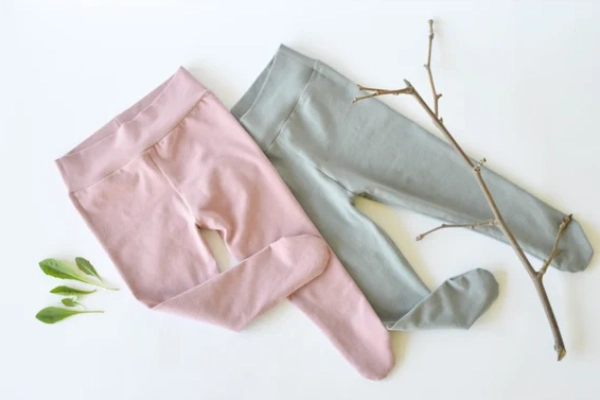
From Niche Concern to Key Purchase Driver
Parents in the US and EU increasingly look for tights that are safe for their children and responsible for the planet. Many are willing to pay more for products made with organic cotton, bamboo, or recycled nylon when safety and eco-impact are clear.
Demand & Adoption: Parents Pay, Brands Respond
Brands now highlight OEKO-TEX®, GOTS, and REACH compliance in product pages because certifications act as trust shortcuts—especially online. As a result, eco-certified tights have moved from experiments to core collections at both value and premium retailers. For manufacturers, sustainability is more than compliance—it is a strategic advantage that builds repeat purchases and long-term loyalty.
High-Tech Fabrics for Active Kids
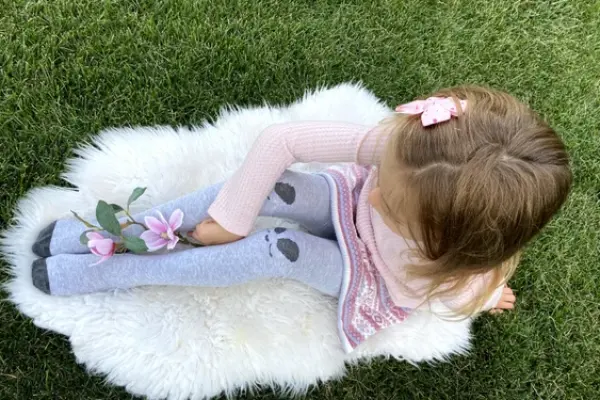
Children today are more active than ever, and the market reflects this with tech-enhanced fabrics designed for performance.
- Sports & athletics: Brands like Nike and Under Armour produce moisture-wicking compression tights that keep kids dry and comfortable during sports.
- Dance & gymnastics: Specialized tights with 4-way stretch and snag-resistant nylon blends (Capezio, Bloch) dominate this niche.
- Cold-weather gear: Thermal innovations include fleece-lined tights, merino wool blends, and HeatTech-style fabrics that regulate body temperature.
- Emerging innovations: UV-protective and insect-repellent tights are entering the market, catering to parents who want extra protection for outdoor activities.
Tech fabrics are transforming tights from a fashion accessory into functional gear for performance, sports, and year-round comfort.
Seasonal & Regional Market Demand
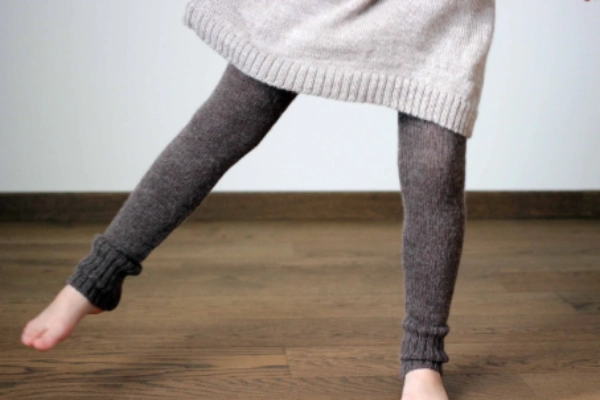
The demand for children’s tights follows predictable seasonal cycles, but the details vary significantly by region—creating both challenges and opportunities for global sellers.
In the Northern Hemisphere, sales peak in fall and winter as parents stock up on school uniform tights, thermal layers, and wool blends for colder weather. Back-to-school season is especially critical, with many schools requiring solid-color tights as part of the uniform. A smaller but noticeable spike occurs in spring, when dance and gymnastics recitals drive demand for specialized performance tights.
In Europe, tights are a year-round staple, with wool and gender-neutral designs deeply embedded in family wardrobes. Parents in Nordic countries, for example, rely on merino wool tights not only for girls but also for boys as a practical base layer. By contrast, in the US, demand is more segmented: athletic tights and leggings dominate the boys’ market, while school uniform tights remain a recurring purchase for girls.
Meanwhile, the Southern Hemisphere operates on an opposite calendar. Markets like Australia and New Zealand see peak demand in their back-to-school season (January–March), offering global retailers a chance to balance inventory and smooth revenue across the year.
For brands, understanding these seasonal and regional patterns is essential. Aligning product launches with school calendars, climate-specific needs, and cultural norms allows retailers to maximize sales and reduce inventory risk—turning seasonality into a competitive advantage rather than a challenge.
Regulatory & Safety Influence on Market Trends
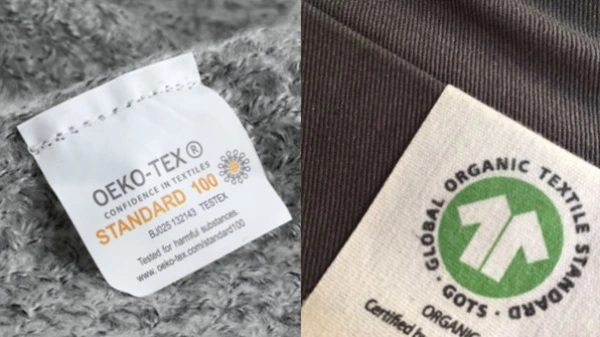
Strict safety regulations in the US and EU don’t just protect children—they actively shape the kid tights market by influencing how products are designed, tested, and marketed.
In the United States, the CPSIA requires third-party testing for lead, compliance with flammability rules, and clear tracking labels for every product. These measures make safety a non-negotiable baseline for any tights sold to children under 12.
In the European Union, REACH regulations ban harmful chemicals such as azo dyes and heavy metals, while EN standards (like EN 14682 on cords and drawstrings) ensure clothing designs are free from strangulation risks. Even though tights rarely include cords, compliance reinforces consumer trust in European brands.
Beyond mandatory rules, voluntary certifications such as OEKO-TEX® and GOTS have become powerful market signals. Parents increasingly look for these marks when shopping online, treating them as shortcuts to verify safety and eco-friendliness.
The result is clear: regulatory compliance has shifted from being a legal requirement to a competitive advantage. Brands that highlight safety and certification not only meet the law but also strengthen their reputation and gain loyalty from cautious, well-informed parents.
Consumer Insights & Behavior
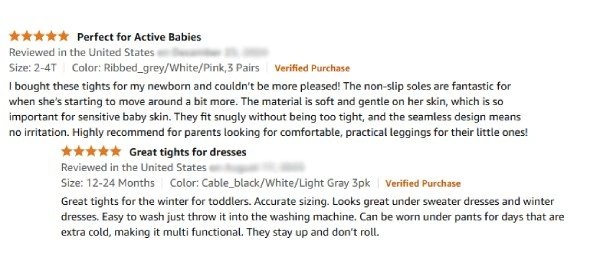
The Power of Reviews
Parent reviews and online communities (Amazon, Reddit, Facebook groups) often outweigh advertising. Comments about durability, fit, and comfort directly influence hundreds of purchases.
The Role of Social Media
TikTok and Instagram fuel micro-trends such as glitter tights or vintage-inspired school looks. These spikes are short but intense. Brands that prepare small-batch releases and quick replenishment capture demand without overstocking.
Balancing Rational and Emotional Decisions
Parents balance rational needs—safety, certifications, durability—with emotional triggers like peer approval and style trends. Brands that deliver on both fronts gain stronger loyalty.
Future Outlook: What’s Next for the Kid Tights Market?
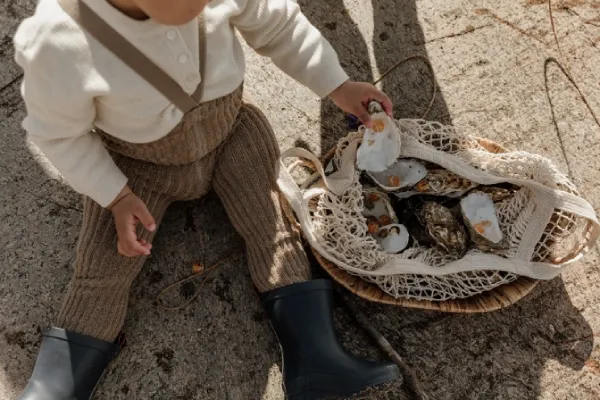
Gender-Neutral Becomes the Norm
Gender-neutral tights are shifting from niche to mainstream. Positioning tights as unisex essentials is now the standard for brands aiming to reach a broader audience and align with modern parenting values.
Adaptive Designs Go Mainstream
Features like seamless construction, tagless waistbands, and non-slip soles will move beyond specialty lines and become everyday expectations in children’s tights.
Sustainable + High-Performance Fabrics
The next generation of tights will merge eco-responsibility with innovation—blending recycled nylon, organic cotton, and moisture-wicking technology to deliver both sustainability and performance.
Smart Textiles on the Horizon
Future innovations may include antimicrobial finishes, temperature-regulating fabrics, and even wearable tech integration, turning tights into active contributors to kids’ comfort and safety.
A Testbed for Kidswear Innovation
The tights category is no longer just a basic—it is becoming a testbed for innovation in kidswear. Brands that adapt early to these shifts will set the standard for the industry in the decade ahead.
FAQs
Can children wear tights?
Yes, children can safely wear tights if they meet standards like CPSIA or REACH. Modern designs use soft waistbands, breathable fabrics, and eco-certified materials. This reflects the trend toward safe and sustainable kidswear worldwide.
What are the benefits of kids wearing tights?
Tights keep children warm, add comfort under school uniforms, and support dance or sports. Parents also value eco-friendly and thermal fabrics that improve comfort year-round. These benefits align with today’s inclusive, sustainable fashion trends.
Can a boy wear girls’ tights?
Yes. Tights are now widely seen as gender-neutral essentials, worn by both boys and girls. In Europe, wool tights are common for warmth; in the U.S., athletic compression tights are popular. This shift highlights kidswear’s move toward inclusivity.
What are tights definition for kids?
Children’s tights are close-fitting stretch legwear for infants through pre-teens, usually covering the feet. They’re used for uniforms, everyday outfits, dance, sports, and cold-weather layering. Increasingly, brands offer sustainable and gender-neutral designs.
What are the rules for wearing tights?
There are no strict rules—comfort and safety matter most. Pick the right size, match fabrics to seasons, and follow school uniform codes if required. Today’s parents often choose eco-certified or tech fabrics, reflecting modern kidswear trends.
Conclusion: The New Standard Is Here
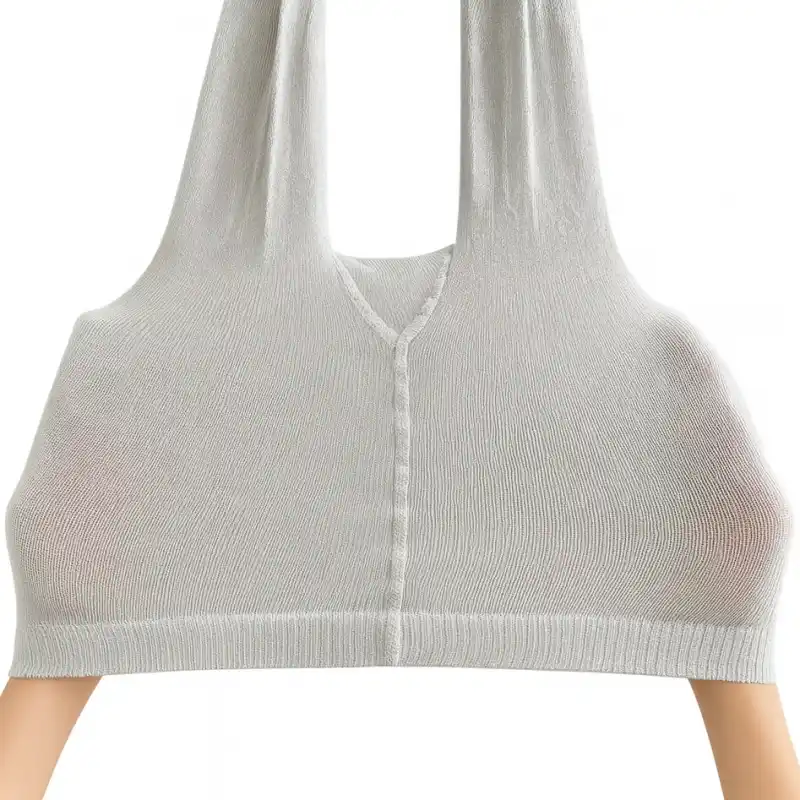
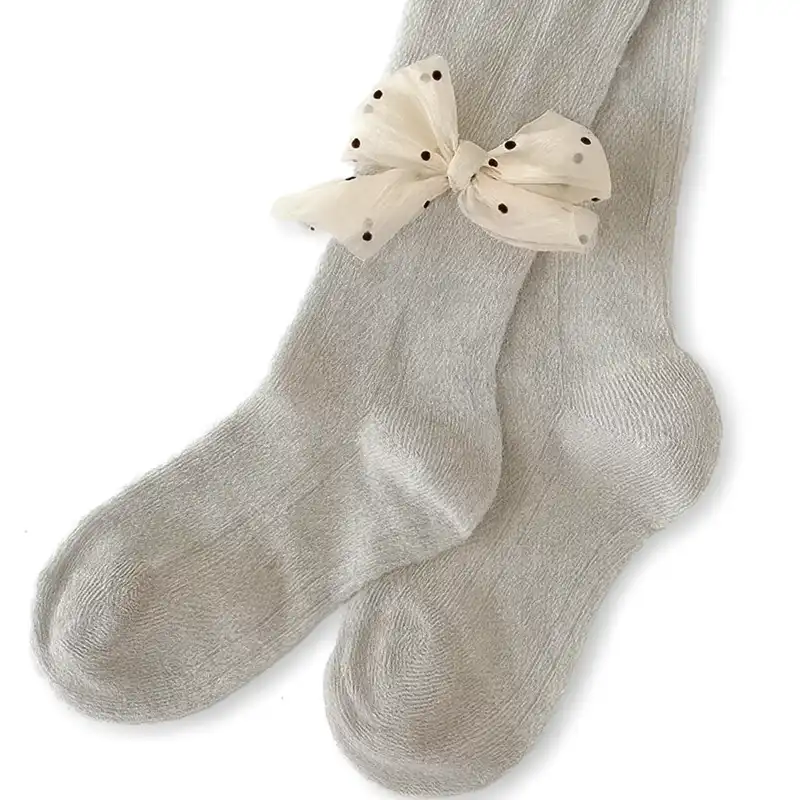
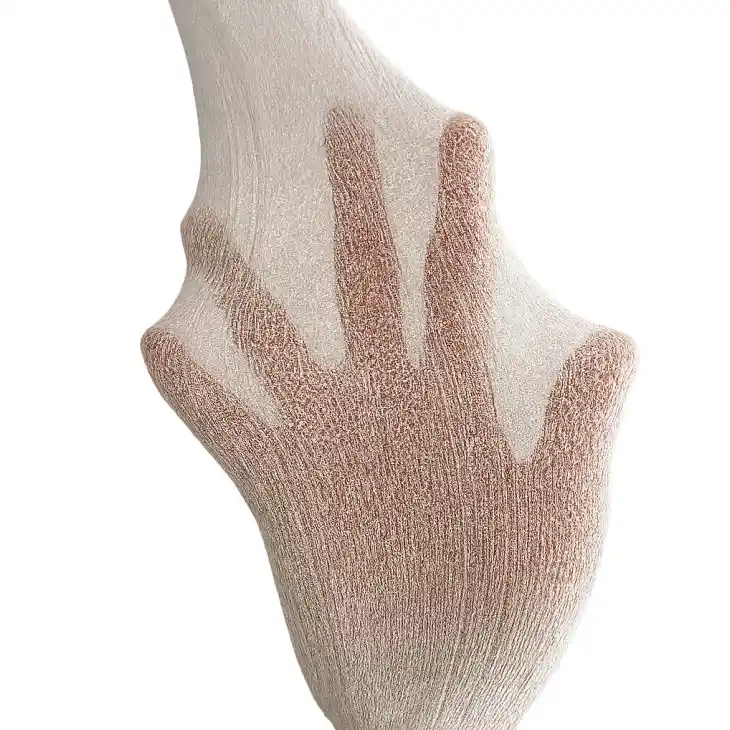
The kids tights market is transforming from a basic apparel item into a dynamic product category shaped by gender-neutral designs, sustainable fabrics, and high-tech innovations. Parents are more informed, eco-conscious, and digitally connected than ever before, and their choices are redefining what children’s tights look like.
For brands and retailers, this is both a challenge and an opportunity. Those who adapt quickly will lead the next decade of kidswear.
👉 At Max Hosiery, we help global partners stay ahead of these trends with certified, eco-friendly, and customizable kid tights. If you’re looking to test new designs or explore wholesale options, fill out the form on the right/bottom of this page to request samples and start your next collection with us.
